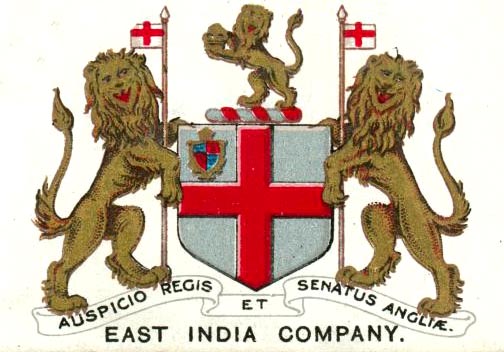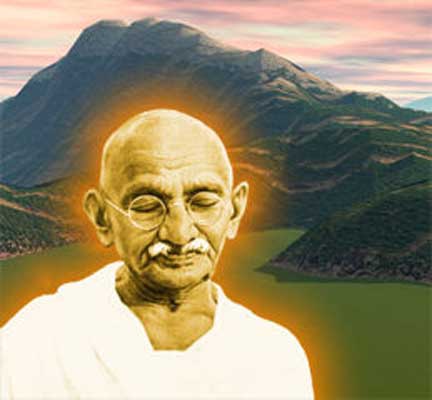Eknath Easwaran in the Preface of your text The Essential Gandhi has provided some crucial information towards understanding Gandhi’s whole nationalist movement.
ü Gandhi is officially the Father of the Nation.
ü Under his leadership India attained freedom from the British Empire.
ü Freedom was won through a 30-year campaign based on complete non-violence.
ü Gandhi was charged with being “a saint dabbling in politics.”
How India developed Britain

ü When Gandhi was born in 1869, India was under centuries of foreign domination.
ü For the last 100-odd years of this period the British East India Company exploited India.
ü This company was licensed by the Crown to pursue its fortunes by any means.
ü It drained the wealth of India into private hands.
ü The fortunes made were staggering even to contemporary eyes.
ü Historians observed Britain’s place in the Industrial Revolution was essentially financed by the loot of India.
How Britain underdeveloped India

ü The economic burden of this on India was equally staggering.
ü Within a generation cities became nightmarish extremes of wealth and poverty.
ü Calcutta, built by the Company, was the most notorious example.
ü The natives were forced to grow crops for export, not for local use.
ü They were taxed heavily for the privilege of doing so.
ü Hundreds of thousands of villages under the Company lost all capacity to sustain themselves.
ü Approximately 400,000 Indians died of starvation in the 2nd quarter of the 19th century.
ü An appalling 15 million died between 1875 and 1900, according to British figures.
Inevitable Rebellion in biting oppression: Indian Rebellion of 1857
ü The rebellion is also known as the
1857 War of Independence,
India's First War of Independence, the
Great Rebellion, the
Indian Mutiny, the
Revolt of 1857, the
Uprising of 1857, the
Sepoy Rebellion, and the
Sepoy Mutiny. In 1857, after a century of this kind of exploitation, a spontaneous insurrection occurred.
ü Impetus: The spontaneous mutiny of some native troops exploded into open rebellion.
ü It spread rapidly all over north India but lacked unity and coordination.
ü The Company put it down like a series of brush fires.
ü And a bloodbath of reprisal followed.
ü The tragedy haunted the rest of British rule.
ü For the British, it was clear that survival depended on keeping India divided.
ü It also meant putting down even a hint of insubordination immediately and ruthlessly.
ü Why? Well merely “to teach a lesson.”
ü The near success of an accidental rebellion also made it obvious in London that so precious a possession of India could not remain solely in commercial hands.
ü A few months later, with the wounds still raw and open, India became an imperial colony, “the jewel in the Crown,” and the British government stepped in “to do things right.”
ü Political, economic, social, and psychological domination deepened.
ü Brainwashed Indians believed they were inferior and learned to “ape the Englishman.”
ü The best and brightest went to London to be educated and returned to India still oppressed.
ü 12 years after India became a Crown colony, a boy named Mohandas Gandhi was born.
ü The timid, shy, average youth grew to change the world.







 Click on Comments for Causes
Click on Comments for Causes

